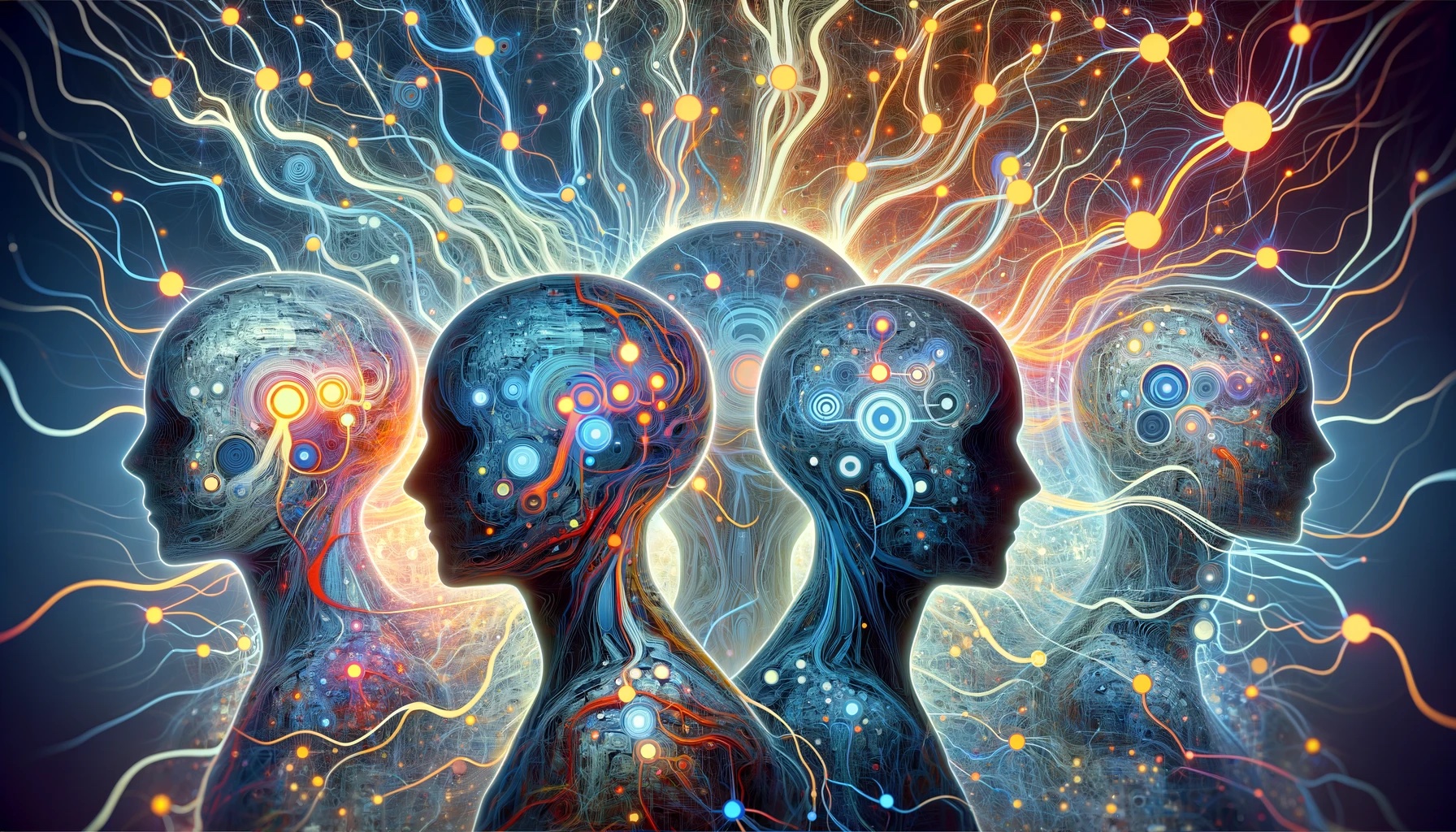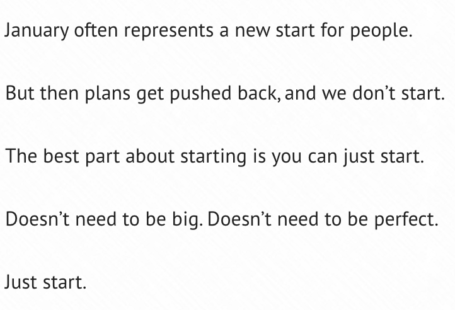Following up from my previous post on the Test of Modern Capitalism. I decided to look into what would an economic restart look like and what new behaviors, costs, and actions would need to be considered to reimagine businesses in a Post COVID19 world.
Let’s start by looking at some data collected over the last 3 months. KPMG UAE put out a report that UAE grocery sales were up but non-food retail has dropped by up to 60% (just as we would think would happen if shops are closed and people are staying at home).
As reported by Gulf News, “Restaurant businesses in the UAE are starting to put up ‘For Sale’ signs, with their owners realizing there is no escape from the destruction set off by the COVID-19 pandemic. Licenses and even the equipment and furniture are being offered at steep discounts in hopes that someone out there will buy them.”
This sentiment seems to be true in economies across the world where there have been partial re-openings from Europe to the United States. Below are just a few factors we need to consider when thinking of how our economies and way of lives will change:
Bilateral Actions [Tourism]
We are all in this together, I don’t mean this figuratively but that is the reality of the situation we face today. If one country successfully contains the virus and begins to accept visitors without specific precautions it could restart a spread into their society, erasing any benefits attained during their lockdown. Let’s consider how would one restart tourism, even if a country controlled its own spread and has safety measures in place, it would still be difficult to operate any airlines and hotels without a steady flow of tourists. A single country deciding to open its borders won’t work unless there is bilateral agreement but also precautions in place.
Operating Costs & Safety Measures [Restaurants]
Many service businesses operate with tight margins – when certain operating procedures such as restrictions to the capacity and proximity of customers are implemented, that means the same restaurant expects to do the same with less. Potentially less footfall in-store but also utilizing less of the space you are paying rent for.
What does that mean for businesses that already required a certain amount of footfall in order to cover staff payroll and other operating expenses?
Behavioral Economics [Social Interactions]
The reality is that consumer habits and perceptions have changed. That is the stark reality we are starting to face as we emerge from our homes.
As McKay Coppins said in The Atlantic, “The things we miss most about our pre-pandemic lives—dine-in restaurants and recreational travel, karaoke nights and baseball games—require more than government permission to be enjoyed. These activities are predicated not only on close human contact but mutual affection and good-natured patience, on our ability to put up with one another. Governors can lift restrictions and companies can implement public-health protocols. But until we stop reflexively seeing people as viral threats, those old small pleasures we crave are likely to remain elusive.”
The question now remains even if institutions were freely operating and open, would consumers feel comfortable visiting those establishments? What safety measures or protocols would re-assure you to visit certain establishments? What if you or a family member you live with is at higher risk, how would you engage with these establishments?
Urban Planning [Public Transport]
Public transport is at the heart of many urban cities often as a cheaper mode of transport that the majority of the population can use and at times is a more reliable way of beating traffic (during rush hours). Once again, the reality is that when public transport comes to a standstill as we’ve seen in the past in London or New York during past catastrophic events the city also slows. So what does the future of public transport look like?
Re-Imagine 2020
What we consider the standard operating procedures today, will no longer be the standard going forward. I will be starting a new series examining individual topics of how different industries will be adapting to the new realities. A re-imagining of what post-COVID business models and operating procedures would look like from the economics, social behaviors, and even technology.


